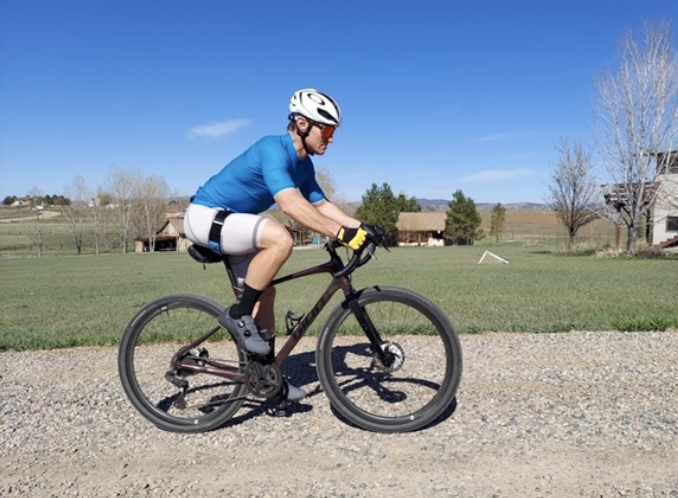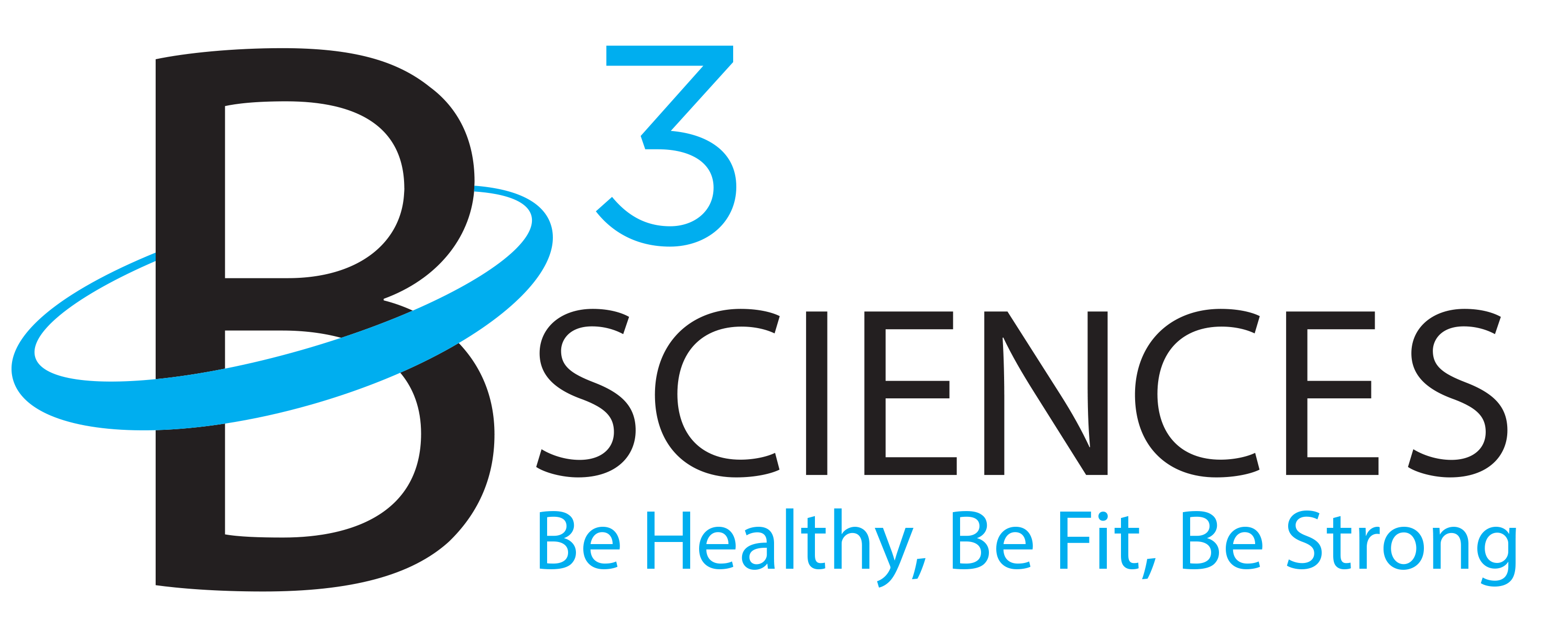Blood Flow Restriction Training for Endurance
Run, Bike and Swim Better with B3 Bands
Why B3 Changes The Game
Run, Bike Swim | Boost your Endurance with BFR Training
B3 Bands create a Deeper Slow Twitch Fatigue and Greater Aerobic Conditioning Adaptation
- When you are doing aerobic exercise like running, biking, or swimming you are predominantly recruiting Slow Twitch Muscle Fibers
- When wearing the B3 Bands on your legs, your Slow Twitch Muscle Fibers have less oxygen to work with.
- Soon after starting your aerobic exercise, you will notice your Slow Twitch Fibers quickly fatigue due to reduced oxygen.
- As your continue to exercise, you will realize a deeper recruitment of Slow Twitch Fibers
- Deeper fatigue of Slow Twitch Fibers results in greater adaption of your endurance and aerobic conditioning
Benefits
- Less Volume or Distance required
- Faster Recovery
- Greater Aerobic Conditioning
- Faster Times
Click here to download the Endurance Program
Results Guaranteed
We Guarantee you will experience results with a 30 Day Money Back Guarantee


What The Endurance Pros Are Saying About B3
Endurance Trainer Paul Plummer of PXP Performance > Watch 11 minute video
3x National Mountain Bike Champion Brentt Ramharter > Watch 10 minute video
World Senior Games Medalist Sandra Checketts > Watch 2 minute video



